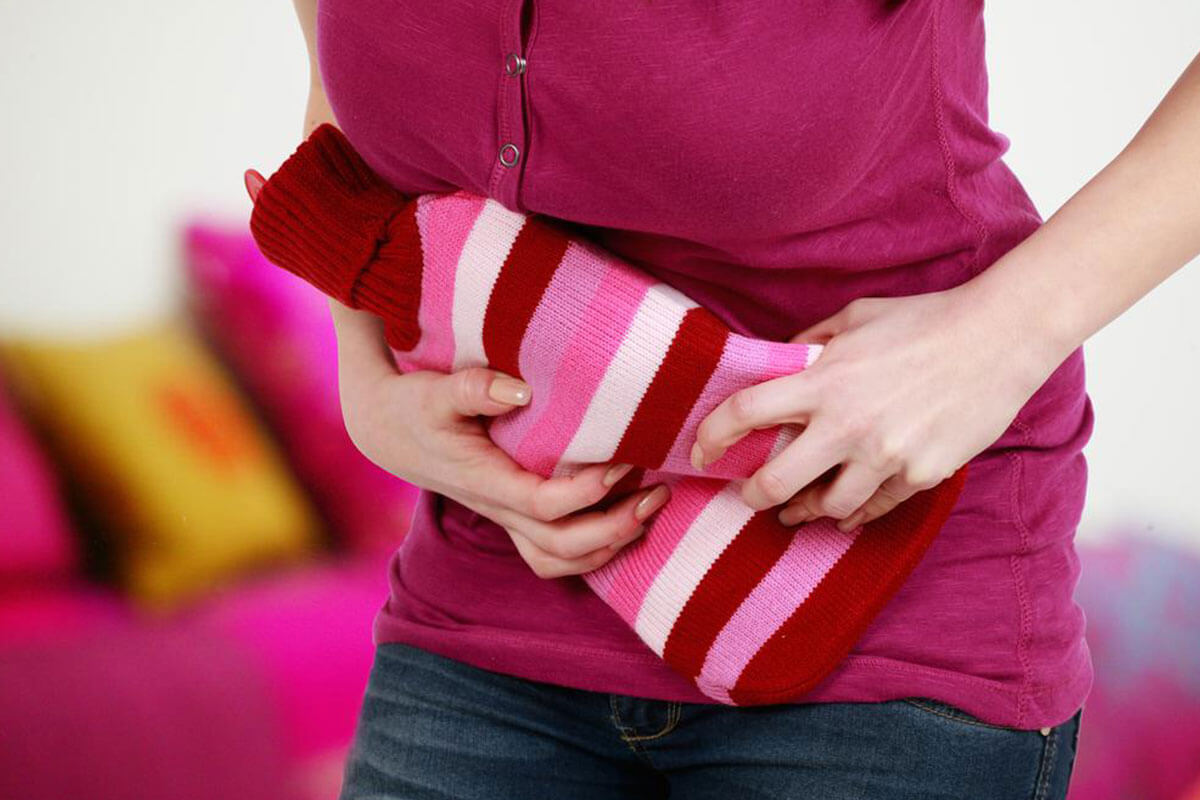Dry Eyes – Symptoms, Causes, and More

Dry eyes, or dry eye syndrome, as the name suggests is a condition when the surface of the eye isn’t adequately lubricated. The primary reason for this condition is inefficient functioning of the tear ducts in the eyes. Millions of people in the United States suffer from dry eyes.
Tears and dry eyes
The cornea is the dome-shaped outer surface of the eye. Basal tears are a fluid mixture secreted by the tear glands located near your eyes. These tears are produced to keep the eyes constantly lubricated. Tears do this by continuously layering themselves on the surface of the cornea, serving as liquid protection.
This way, tears keep the eyes moisturized by being released with every blink, and never lets them dry. Tears also aid in clearer vision by helping light focus on the pupil,
If your eyes don’t receive an adequate amount of basal tears, or the composition of the tears is abnormal, your eyes will experience difficulty seeing clearly and functioning normally.
Tears are made up of three layers
Oil/Lipid layer: This is the outer layer of the tears and is made of lipids. They are secreted by the Meibomian glands. Since these are molecules of oil, they do not evaporate from the corneal surface and help retain moisture for a long time.
Aqueous layer: This is the middle layer of the tears and is made up of water-soluble protein and water. The main lacrimal gland and accessory lacrimal glands are responsible for secreted this layer of the basal tears.
Mucin layer: This is the inner layer of the teardrops and is secreted by the goblet cells. The function of this layer is to bind to the water molecules of the aqueous layer and prevent them from evaporating quickly.
Symptoms of dry eyes
Dry eyes usually occur among adults and more prevalent among females. People suffering from this condition experience an itchy feeling in the eyes. If the condition is a bit more severe, the person could experience a stinging or burning sensation.
Other common symptoms that you may experience, are a period of excessive shedding of tears, followed by dryness, pain, and redness in the eyes. These sensations can cause the person suffering from dry eyes to feel like they have heavy eyelids, and in some cases, blurred vision as well.
Dry eyes – Causes
Your eyes could become dry because of three simple reasons: inadequate tears, an imbalance in tear composition, excess evaporation of tears.
Factors that lead to dry eyes could be
- Medication for lung conditions, depression, and reproductive disorders can all potentially cause dry eyes.
- People older than 50 years of age are at a higher risk of suffering from dry eyes, because of aging and its associated wear and tear.
- Inflammation can hinder the normal functioning of the meibomian glands, resulting in the inadequate secretion of tears.
- Eyes could become dry as a symptom of various autoimmune diseases.
- Metabolic disorders like thyroid malfunction, diabetes, and vitamin deficiencies can also accompany dry eyes.
- Hormonal changes could trigger dry eye symptoms. Women are more at risk since they go through a range of hormonal fluctuations during pregnancy and menopause.
- A few environmental conditions can also contribute to dry eyes. Dust, wind, smoke, and arid/dry climatic conditions could lead to excess evaporation of tears.
- Seasonal allergies, caused by environmental or pathological triggers, can also lead to dry eyes.
- Spending long hours viewing a screen reduces the frequency with which you blink. This leads to dry eyes since the flow of tears is effectively cut down.
- People who undergo laser eye surgery may also experience dry eyes. But, this is simply a temporary response to surgery.
Diagnosis and treatment of dry eyes
Dry eyes could be a manifestation of a wide range of diseases. So, it is advisable to not ignore the condition or jump to conclusions without proper testing. Consult a doctor, and get yourself diagnosed to identify the underlying reason.
- Over-the-counter(OTC) medication can be effective if the condition is mild. In most cases, artificial tears, gels, or ointments will provide adequate relief.
Lifestyle changes like reducing your screen viewing time can also provide relief. Taking regular breaks, and blinking more often, will replenish your tears, preventing your eyes from becoming dry. - In case of external elements like dry or hot air, wearing sunglasses to block the heat can protect the eyes from drying out.
For severe cases of dryness, prescription medication, or even surgery could be required. - Dry eyes may sound like a minor issue, but they can be quite annoying. Consult a doctor, and treat it immediately to prevent the condition from worsening. In most cases, it is treated with very simple measures or lifestyle changes.


